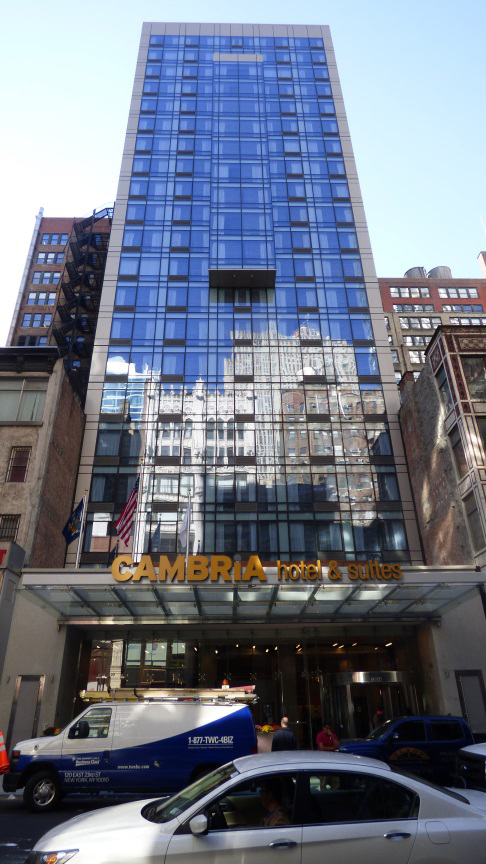News:
Green Buildings
Posted: September 22, 2014
The what, the why and the how to comply with EPA's RRP (part 3)
The what. Beginning this fall and in full speed by first quarter of 2015, all contractors in the U.S. who disturb painted surfaces in pre-1978 Residential and Child Occupied properties, will begin to be required to Re-Certify their 2010 RRP Firm Certification AND their Initial Lead Safe Renovator certification, both firm and supervisors! TIP #1: Per EPA regulation, 40 CFR Part 745, if an individual does not recertify prior to their current expiration date, they will have to start the process all over. This means an initial class will have to be taken versus a refresher only, why waste extra time and money!
Why? For several key critical reasons:
First, I truly don't believe any contractor or maintenance worker or other regulated entity or individual honestly wants to be responsible for poisoning a child with toxic lead. What if it was your child? Lead is a highly toxic material and whether you want to believe it or not, it can have some very serious health impact if inhaled or ingested and most susceptible are young children whose wellbeing is our future.
So, it is part of our social, professional and regulatory responsibilities to act in a prudent and safe fashion around lead paint and its byproducts. Secondly, there are numerous lead-based paint regulations sprinkled throughout our country, each associated with violations, fines,and_penalties if not properly addressed. EPA's RRP rule is the framework for many of them; the 80-20 rule. By being compliant with EPA's RRP rule, you are by default approximately 80%-100% compliant with all other state and local lead-based paint laws based on my experience. But most important is the final why, CYOA, Cover Your Own Assets! Lead paint and lead poisoning have been, still is, and most likely will continue to be highly litigious, as will our society, into the immediate future! During the last five years since you first had to comply, several major lead-based paint related developments have occurred. CDC lowered the reference value of a child being at risk to 5ug/d1. Very low!! HUD released their long overdue 2012 Guidelines for the Evaluation and Control of Lead and Lead Hazards. And Lowe's Hardware was hit with a major violation, inclusive of big financial penalties, mandatory compliance deadlines, and subcontractor enforcement in all 1,700+ stores. All other vendors will have to do the same if not already complying. So the why, is real.
How to comply with EPA's RRP and avoid violations, penalties, litigation, guilt, time &money; re-Fresh PRIOR to your current expiration date!! Keep accurate and clear records documenting your compliance. EPA's enforcement is based on tips, complaints and a few other sources. The only things they can review to document proof of compliance, or lack thereof, other than physically seeing the work with their own eyes, are the paper records required to be completed, such as owner/resident notification, check list, lead test, cleaning verification, etc., by the certified renovator. Keep good records inclusive of your current RRP compliant lead safe renovator certification and you will be in a very proactive and defendable position, isn't that who we want to be?
Lee Wasserman is the president & CEO of Lew Corp., Mountainside, N.J.
Tags:
Green Buildings
MORE FROM Green Buildings
IREON Insights: DURA Architectural Signage manufactures and delivers over one million signs
Long Island City, NY Since its founding in 1955, IREON member DURA Architectural Signage has proudly manufactured and delivered more than one million signs to clients across a wide range of industries. From architectural interior signage to large-scale exterior installations, their work can be seen in corporate

Quick Hits







.gif)

.gif)
.jpg)
.gif)